Ccoppola82
Well-known
I guess the more I’ve gotten into photography, I struggle to look at a lenses difference as a weakness. I find it rather a strength. I think one of the main reasons I enjoy older lenses is their ergonomics and size. It makes shooting much more enjoyable.
A modern lens which I adore is the canon 35L v1. It’s been replaced by a version 2 which on paper is “better” and some will say how the sigma art “smokes it” but the 35L v1 is a perfect lens IMHO for the canon DSLR. If I could only have one lens in that system, it would be it.. The sigma and newer canon v2 have been designed to maximize sharpness, yet the v1 seems to render in a much more subtle and natural way.
And I’ll still stand by the Collapsible Cron for m-mount. There are intangible things that are difficult to explain with words about how these lenses take in and project the light, and It is all highly subjective as to which is “better”. I personally feel that “better” should be put to the wayside and replaced with an understanding of what “works for” the image one is attempting to create.
A modern lens which I adore is the canon 35L v1. It’s been replaced by a version 2 which on paper is “better” and some will say how the sigma art “smokes it” but the 35L v1 is a perfect lens IMHO for the canon DSLR. If I could only have one lens in that system, it would be it.. The sigma and newer canon v2 have been designed to maximize sharpness, yet the v1 seems to render in a much more subtle and natural way.
And I’ll still stand by the Collapsible Cron for m-mount. There are intangible things that are difficult to explain with words about how these lenses take in and project the light, and It is all highly subjective as to which is “better”. I personally feel that “better” should be put to the wayside and replaced with an understanding of what “works for” the image one is attempting to create.
Roger Hicks
Mentor
Something which occurs to me here is self-reinforcement. We buy a lens that gives us good results. This encourages us. We get better results because we have confidence and know what the lens can do... The opposite of a vicious circle.I guess the more I’ve gotten into photography, I struggle to look at a lenses difference as a weakness. I find it rather a strength. I think one of the main reasons I enjoy older lenses is their ergonomics and size. It makes shooting much more enjoyable.
A modern lens which I adore is the canon 35L v1. It’s been replaced by a version 2 which on paper is “better” and some will say how the sigma art “smokes it” but the 35L v1 is a perfect lens IMHO for the canon DSLR. If I could only have one lens in that system, it would be it.. The sigma and newer canon v2 have been designed to maximize sharpness, yet the v1 seems to render in a much more subtle and natural way.
And I’ll still stand by the Collapsible Cron for m-mount. There are intangible things that are difficult to explain with words about how these lenses take in and project the light, and It is all highly subjective as to which is “better”. I personally feel that “better” should be put to the wayside and replaced with an understanding of what “works for” the image one is attempting to create.
Cheers,
R.
Waus
Well-known
My vote for a good bad lens will go to the (Hugo) Meyer -Optik Görlitz Orestor 50mm 1,8/50mm-can be bought under €40...don't know how to post my pictures, so here's a review of this lens: http://www.morningcoffee.photo/new-...gorlitz-oreston-50mm-f1-8-test-image-gallery/
xayraa33
rangefinder user and fancier
The fully manual f3.5 30mm Hugo Meyer Lydith , later re- badged as the 30mm Pentacon has always given me pleasing images and yet I have more expensive and classier and faster Auto stop down diaphragm lenses in the 28mm to 35 mm focal length range that I could choose from.
p.giannakis
Pan Giannakis
Being an Olympus OM user, i would say the cheapo 28 f/3.5. There are plenty other lenses with lower distortion but it is flare resistant, tiny and is plenty sharp. Sells for peanuts. Has rewarded me with plenty good pictures.
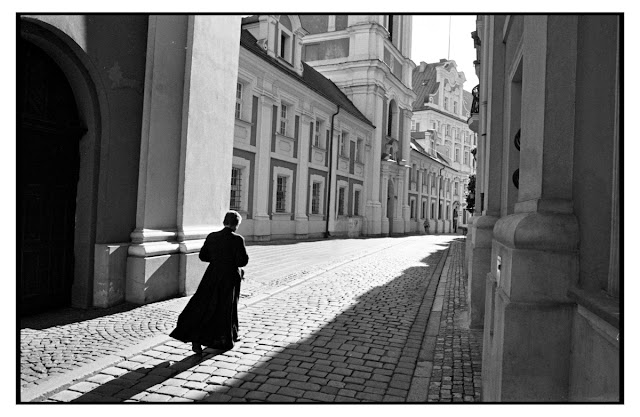
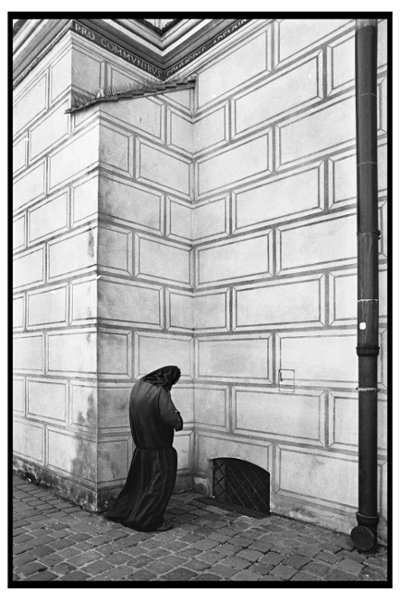


Roger Hicks
Mentor
This is exactly what I was getting at. "More expensive and classier and faster Auto stop down diaphragm lenses" -- but the manky old Lydith gives you better images. "Better" of course in the context of what you want.The fully manual f3.5 30mm Hugo Meyer Lydith , later re- badged as the 30mm Pentacon has always given me pleasing images and yet I have more expensive and classier and faster Auto stop down diaphragm lenses in the 28mm to 35 mm focal length range that I could choose from.
Cheers,
R.
Roger Hicks
Mentor
Which is what it's about. And the distortion is hardly disastrous. I remember looking through a cheap 28mm in the late 70s/early 80s, and stepping back in alarm because I thought the building was about to collapse on me!Being an Olympus OM user, i would say the cheapo 28 f/3.5. There are plenty other lenses with lower distortion but it is flare resistant, tiny and is plenty sharp. Sells for peanuts. Has rewarded me with plenty good pictures.
Cheers,
R.
santino
FSU gear head
Auto Cosinon 50mm 1.4 in M42. Quite soft and prone to flare but dreamy/creamy 
dmr
Registered Abuser
So: favourite "good, bad" lenses, and how to use them. {munch}
The Takumars are a bad example.
If you want an example of a notoriously BAD lens that I actually enjoy shooting with, it has to be the Takumar 28-80 f3.5-4.5 zoom!
It shows noted barrel distortion when zoomed wide, and starts to show pincushion distortion when zoomed out close to max. See the two examples below. At "normal" focal lengths it's very OK.
However, it's small for a zoom, reasonably light, and very quick to use. I've been using it lately with a Pentax MG (smaller than the K1000) which is itself somewhat quirky. I can carry this combination around comfortably and easily.
I'm finding that I'm choosing this lens more and more over my main zoom, which is an Ozunon 28-135, which does not show nearly as much distortion and has a longer max zoom, but it's larger and heavier and more of a "grenade launcher" type of thing.
Edit: I just added a third image below (shot with the Takumar 28-80) which does not show nearly as much distortion. IIRC this was probably 35-40-ish in range and things look a lot more straight and parallel.
As to a couple of "good" lenses (good in my mind, I know many of you are far more picky than I am) that I enjoy shooting with, the Vivitar 28mm f/2.5 M42 is really growing on me. It's nothing really special, but it performs quite well and is fun to shoot with both in daylight, and it's fast enough to do city street scenes and such at night.
Also, and I don't have enough experience with it but I'm getting it slowly, is the Promaster branded (yes, yes, yes, I know!) 28-80 M42 zoom, as kind of a companion to the above.
The Ozunon 28-135 (K mount) is another I've found to perform quite well. I just had this CLA'd. If you never heard of it, that model was mostly sold here in the States under the Vivitar brand.
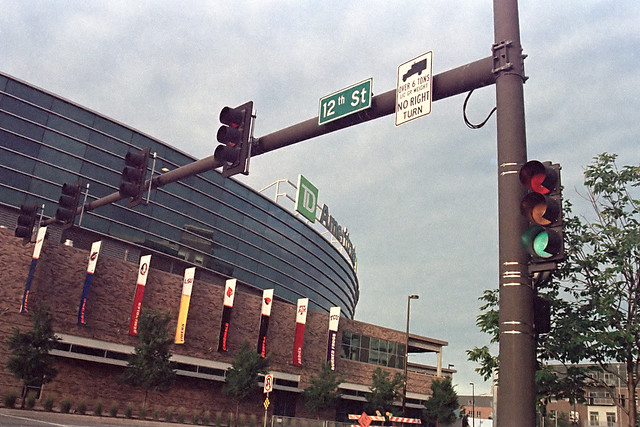
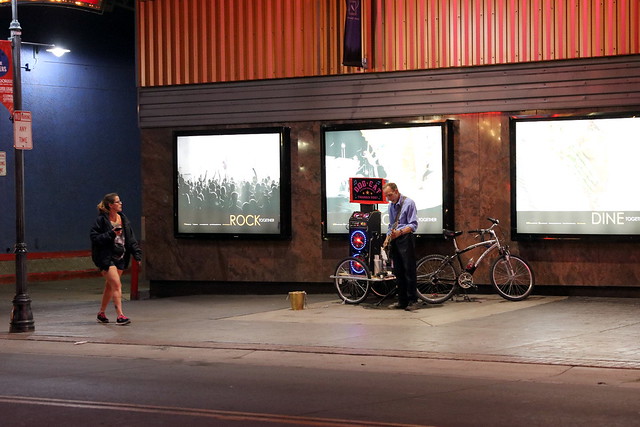
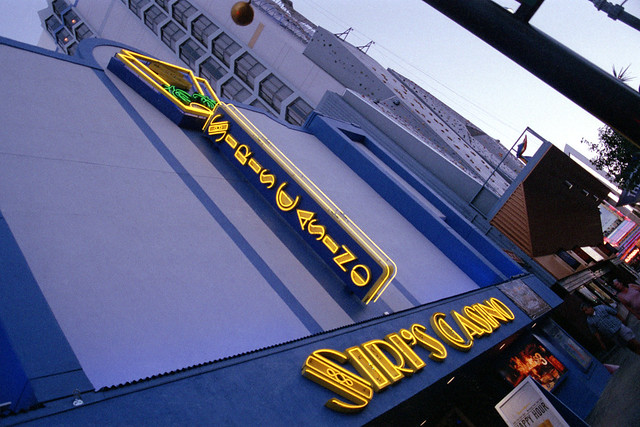
mbisc
Silver Halide User
In my case it would be the Ektar f7.7 / 203mm vs. the Rodenstock Apo-Sironar-S f5.6 / 210mm. I have both, and while the latter is a bit sharper and with more coverage radius etc., the little Ektar is so much lighter and therefore my go-to lens for travel...
Swift1
Mentor
A have a really nice CV 35/2.5 LTM (a very good lens), and I almost never use it as I much prefer my 1954 Jupiter-12 35/2.8, a lens I think qualifies for the good bad lens category.
filmtwit
Desperate but not serious
My vote is for the 50mm f1.4 Nikkor-sc in ltm.
In comparison to v2 and later Lux's in sharpness, contrast, and distortion, it is not on par, but it makes up for it in bokkah.
In comparison to v2 and later Lux's in sharpness, contrast, and distortion, it is not on par, but it makes up for it in bokkah.
NickTrop
Mentor
Helios 44-4 58/2. One of those "swirly bokeh" lenses. My sample is quite unique in that it was professionally modded to focus to infinity on a Nikon body without an adapter. It also has a focus confirmation chip. Originally, I bought it as a portrait lens for DX. I held on to it when I sold off all my DX bodies and lenses but held on to this one.
shimokita
白黒
I would mention the Nikkor-H 2.8cm f/3.5, almost never mentioned as "the best" 28mm in F mount... Introduced in March 1960, I have a factory AI'ed version and (one reason) I like it is because of it's place in "history". There is a nice write up at Nikon's Thousand and One Nights No. 12...
Roger Hicks
Mentor
More character, too. I still have the Apo-Sironar but gave the Ektar away. A pity, as (on maturer reflection) I liked the Ektar better. Mind you, I'm npt sure that the Rodenstock is actually technically superior. An eight inch f/7.7 is not that hard to make.In my case it would be the Ektar f7.7 / 203mm vs. the Rodenstock Apo-Sironar-S f5.6 / 210mm. I have both, and while the latter is a bit sharper and with more coverage radius etc., the little Ektar is so much lighter and therefore my go-to lens for travel...
Cheers,
R.
pgk
Well-known
In 1980 I took a photo on a borrowed 28mm f/3.5 Nikkor which had seen better days (someone had broken the Ai prong off which takes a fair bit of doing). I got a print made - a Cibachrome - and framed it and this has hung on my mother's wall ever since. Last year I copied the original Kodachrome slide, spent ages cleaning the dust of decades t.off it and reprinted it - a marginally better print - which I have and will frame and put on my wall. The lens was a cheap and battered one and they are still cheap to buy but somehow I have never got around to actually buying one - yet.
A cheap lens? - relatively, yes. A bad lens? - not so sure I'd describe it as bad, but certainly not in the top league today. A good lens? - well the one picture has had staying power certainly although technically its ok it wouldn't pass a critical eye when it comes to absolute technical precision.
I suspect good/bad lenses are such when they yield images which are worthwhile in spite of their shortcomings.
A cheap lens? - relatively, yes. A bad lens? - not so sure I'd describe it as bad, but certainly not in the top league today. A good lens? - well the one picture has had staying power certainly although technically its ok it wouldn't pass a critical eye when it comes to absolute technical precision.
I suspect good/bad lenses are such when they yield images which are worthwhile in spite of their shortcomings.
Swift1
Mentor
There is an eBay seller that currently has 4 or 5 Helios 44 converted to F mount with infinity focus.
A few weeks ago he had one that had been professionally repackaged into a AF Nikkor lens body.
A few weeks ago he had one that had been professionally repackaged into a AF Nikkor lens body.
pagpow
Well-known
Got a Lentar 250mm 5.6 mirror with a large amount of fall-off and not sure it has high resolving power, but transparencies of flowers taken with it have them standing out beautifully. Sure it does not rank with the Minolta 250 reflex in terms of stats. The results I like are due completely to its technical deficiencies. Thanks for starting this thread, Roger -- except, of course, for the effect it will have on cheap good bad lens prices.
Giorgio
Giorgio
RichC
Well-known
I’m usually very exacting about my gear, shooting medium-format film and 42 MP digital to maximise resolution and tonal range.
But I have a soft spot for the humble Soviet Jupiter-8 - I’ve an early silver one. Not the sharpest or prettiest pencil in the box, but I think the aberrations, poor flare control and muted colours give it bags of character. It’s also tiny compared with my usual lenses (shift-tilt monsters).
I tend to use it for personal photos rather than for the “serious” stuff I do for exhibitions.
Not the greatest of photos, but the veiling flare gives this view of Brighton, UK, a romantic air...
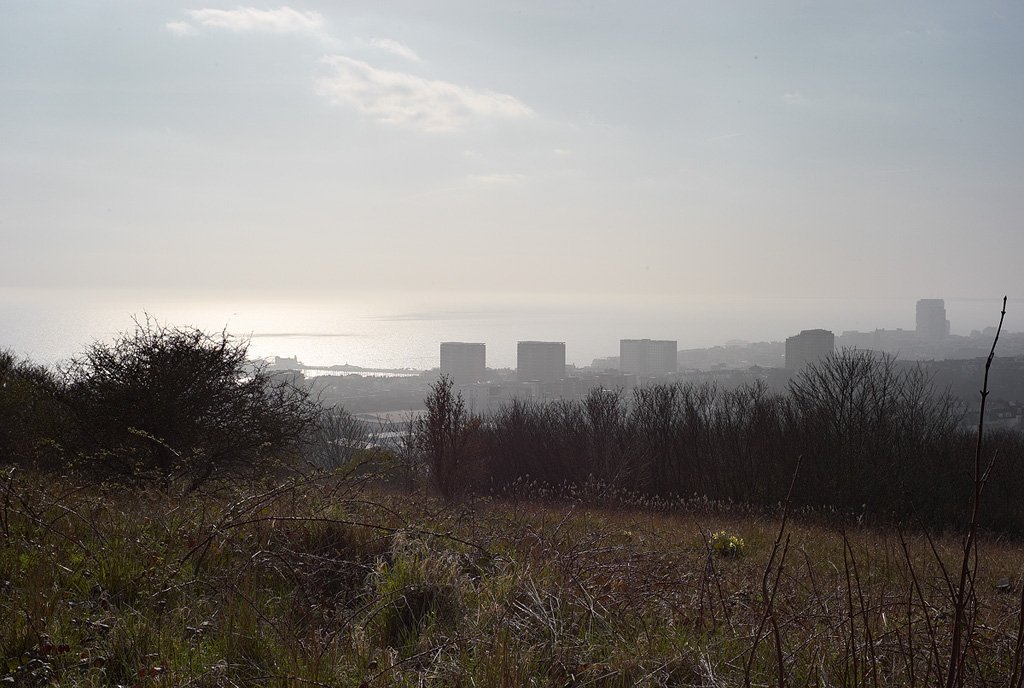
But I have a soft spot for the humble Soviet Jupiter-8 - I’ve an early silver one. Not the sharpest or prettiest pencil in the box, but I think the aberrations, poor flare control and muted colours give it bags of character. It’s also tiny compared with my usual lenses (shift-tilt monsters).
I tend to use it for personal photos rather than for the “serious” stuff I do for exhibitions.
Not the greatest of photos, but the veiling flare gives this view of Brighton, UK, a romantic air...

Ko.Fe.
Lenses 35/21 Gears 46/20
I could write one page about FSU RF lenses here and people's myths, but I'll try Wilco to Roger.
So, Vivitar 16-35 in EF mount. Amazingly sharp, but awful on digital colors.
I'm sure it is perfect lens on film .
.
So, Vivitar 16-35 in EF mount. Amazingly sharp, but awful on digital colors.
I'm sure it is perfect lens on film
Share:
-
This site uses cookies to help personalise content, tailor your experience and to keep you logged in if you register.
By continuing to use this site, you are consenting to our use of cookies.

